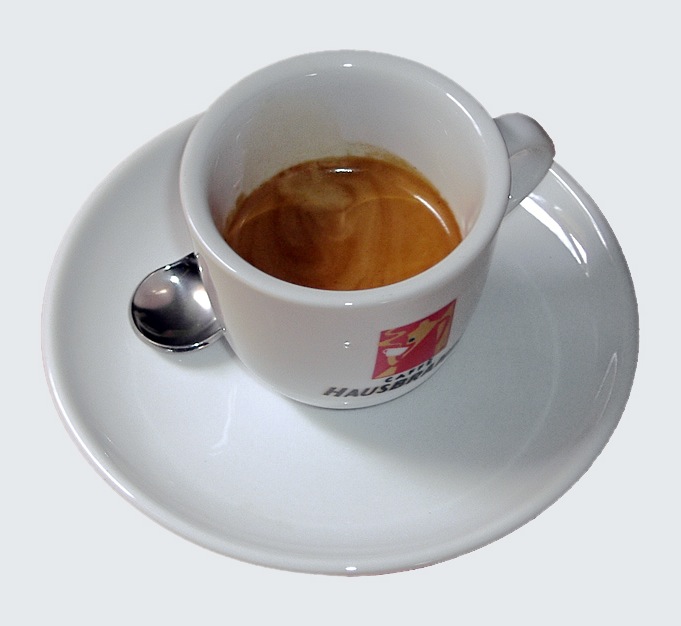As a seasoned Italian traveler and Italian travel specialist, one of the most common questions I get from friends, family, and clients making their way to the Bel Paese for the first time is “What can I do to not look like a tourist?” They then list off the most recent tips that they’ve read, which usually includes a “no white sneakers, right?” – most of which are generally true. But there are other tips that you really need to know in order to not look like a tourist AND gain respect from the locals… the real insider’s insight. Lucky for our readers, we’ve got quite a few Italian tricks up our sleeves, and are giving you the quattro-uno-uno in this post of all you need to know to leave your Italian hosts considering you one of them!
At the Bar
First lesson’s first: an Italian bar is not a place that college students frequent on a Friday night because of its half-priced pitchers and chicken wings. The word “bar” in Italy simply means a place where you can get a decent cup of caffè (made by the BARista), an assortment of delectable pastries, or a light lunch (think panino or tramezzino). Want to blend in when you enter for your morning coffee and pastry? Look no further than the routine recently described in our blog A Day in the Life of an Italian: Walk in and head straight to the bar. Order a caffè, no an espresso. An espresso is a caffè and anyone who orders an espresso might as well have NOT FROM HERE tattooed on their forehead. Also order a cornetto, the Italian version of a croissant. Prepare your caffè with the appropriate pack of sugar and with your cornetto in one hand and your tiny little cup in the other, indulge in your breakfast while standing at the bar. That’s right, at the bar. Italians take their coffee standing up. And with the exception of large bars that have conformed to tourists’ ways, they also pay after.
Note: If you are not an espresso drinker, acceptable alternatives are macchiato and stretto – corretto is fine if you are interested in a shot of grappa along with your coffee (in Abruzzo it’s l’ammazzacaffe and also includes genziana).

Taxis
This one is actually one example where Italy is more orderly than Americans: You cannot hail down a taxi on the streets of a major Italian city like you can in Chicago or New York. There are designated taxi stands at which the taxis line up and clients are asked to claim their vehicle by order. On more than one occasion, we have heard stories of travelers in Rome who, channeling the usual Italian disorderliness (see video below for details) tried to get into the first taxi they saw and were scolded for not respecting the line. This truth about Italians could be of great help or pose bit of a traveling problem. If you know where the taxi stands are, you’re good to go and will avoid most tourists who don’t know the taxi secret. If not, you might want to consider a private transfer so as not to wander the streets at night aimlessly looking for one.
Washcloths
Italians don’t use them. There are actually many Italians who have somehow acquired washcloths from friends or foreign family members and – not knowing what else to do with the tiny, square pieces of fabric – fold them up nicely and display on the bathroom counter as decoration. Odds are smaller, boutique hotels may not have them. Our advice? If you can’t live without your washcloth, check before departure if the hotel offers this amenity, if not, bring your own.

Conversational Style
Italians are loud. Italians are loud and verbose. Italians are loud, verbose, and enjoy talking over each other to great extent. Interruption is a sign of engagement. One of the best tips that we can offer is to always remember that Italian conversation style might be different than British or American über polite styles. English is also a very harsh language for many Italians, who, when some Italians do their best to articulate every sound in the cacophony that is English, over-emphasize the harshness and may end up sounding upset or short. Our tip here is that even if you think you have a biting response from your Italian interlocutor, it’s always wise to reconsider your initial reaction and ask yourself if the speaker is sincerely being rude based on conversation style and tone of voice, or if perhaps there is a bit of linguistic barrier.
Lines
Remember when we mentioned the taxi stand as one of the only examples of Italian orderliness? Lines do not otherwise exist in Italy (see video below at 3:10 for a perfect illustration). To best understand the Italian line system, imagine a crowded bunch – a spastic amoeba, if you will – and then add a swarm of bees. This fact of Italian life can be infinitely frustrating to the orderly, but it is the way it is, and most likely will not change anytime soon. Travelers who can accept this fact are able label themselves as non-tourists and empathetic with the native Italians, and their time in Italy becomes instantly more pleasant.
Note: The way to break any cold Italian heart is by sympathizing or empathizing with them. Show your effort to understand how they live, and you will be rewarded.
Cena
The early bird special does not exist in Italy. Show up at the restaurant at 5:00pm, and you’re marking yourself as an old American. Show up at 6:30, and you’re marking yourself as American. Show up at 7:30, and you’re marketing yourself as an old Italian. After 8:00pm you are one with the Italian culture and a non-tourist. The later the better, for most Italians, especially the farther south you go. Another point to consider when dining at an Italian establishment is that the culture is not one of people who eat out very often, and so when they do, they do it big. If you go to a ristorante, you will most likely be expected by your waiter to order an antipasto appetizer, followed by a primo, or pasta course, and a secondo con contorno, or meat/fish course with vegetables. The meal will end with a caffè and small dessert or fruit and always include wine. For those not looking to indulge in multiple course meal, we suggest trying a trattoria, pizzeria, or osteria. These locales will offer you a relaxed atmosphere without the pressure and expectation of a lengthy, fancy meal with multiple courses.
What tricks to fit in in Italy do you have up your sleeves?
